Exploring Clothing Across Chinese Dynasties
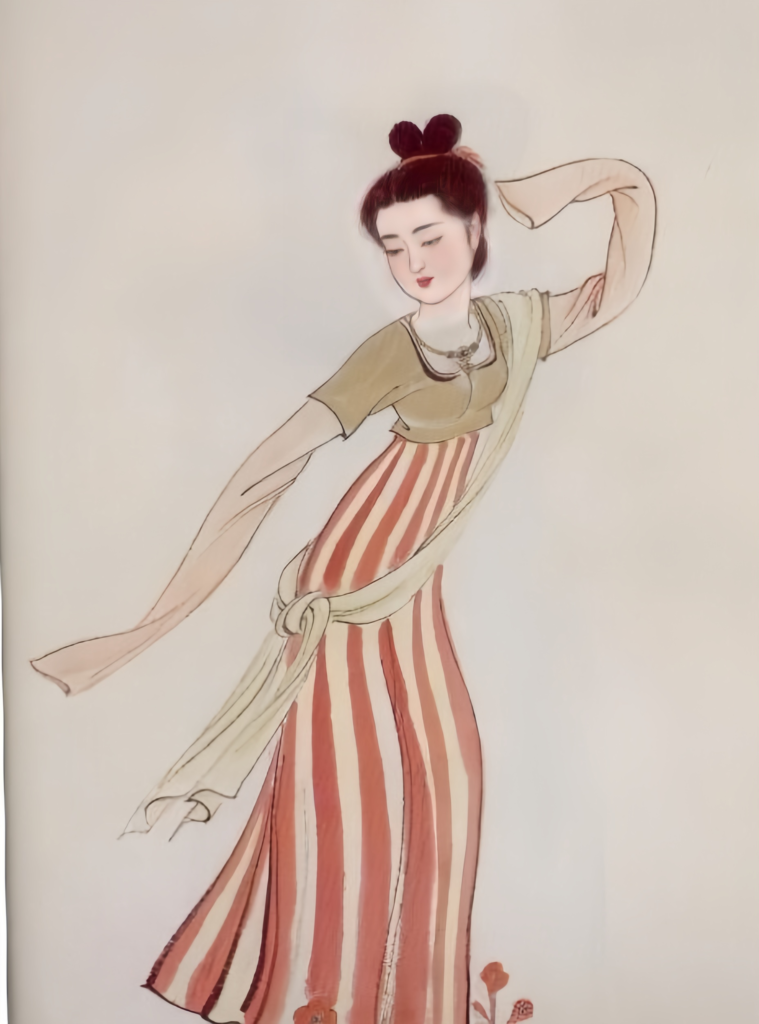
1. Han Dynasty Clothing
Han Dynasty outfits didn’t get official rules until Emperor Ming’s Yongping Year 2 in Eastern Han. Key pieces included robes, Zhan Shun (straight single jackets), Ru (short tops), and skirts. With a booming weaving industry, wealthy folks rocked stunning silk and satin clothes. Regular people wore short tops with long pants, while the poor stuck to short, rough cloth jackets. Han women sported two-piece Yi and skirt sets or long robes, with skirts evolving—most famous being the “Liu Xian Skirt.”
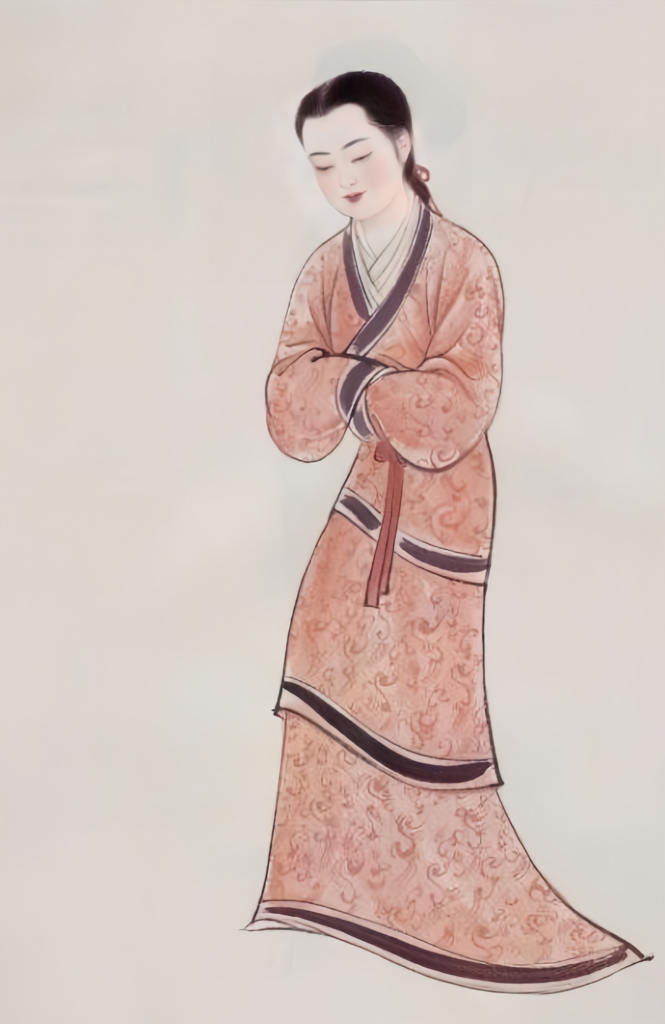
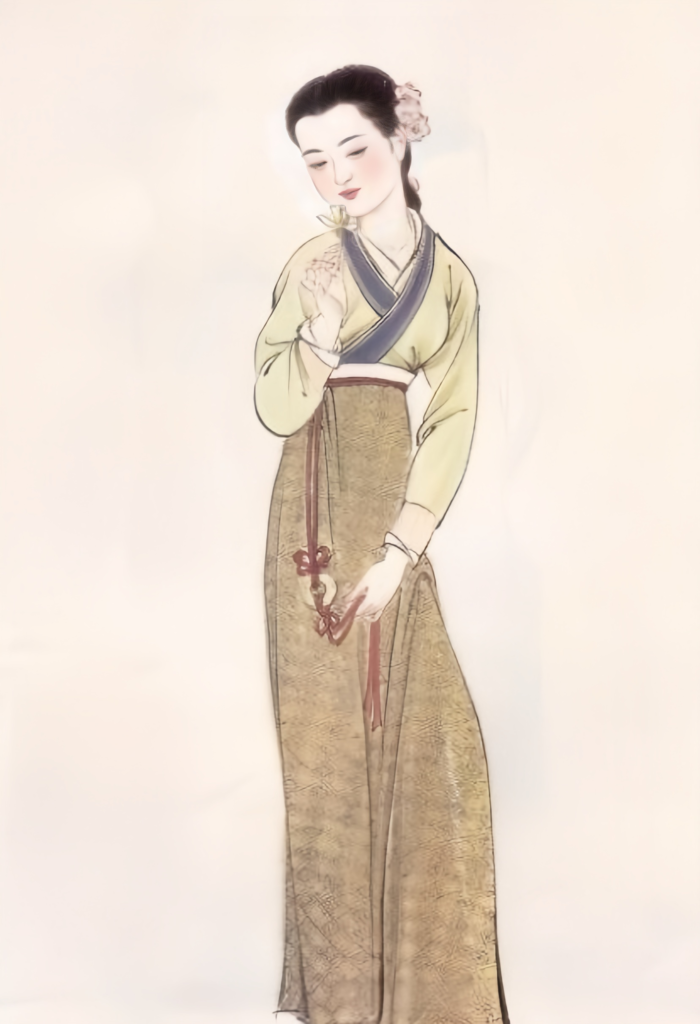
2. Tang Dynasty Clothing
Tang attire, or Tang-style Hanfu, came in many styles. One popular look was the Ru and skirt combo, a trend from early Tang, carrying on the East Han tradition of upper Yi and lower Chang. Features include cross-collars, right overlap, ties, and no buttons or fabric ones. Standouts are Qi Xiong Ru skirts, Tang round-neck robes, and cross-collar Ru skirts.
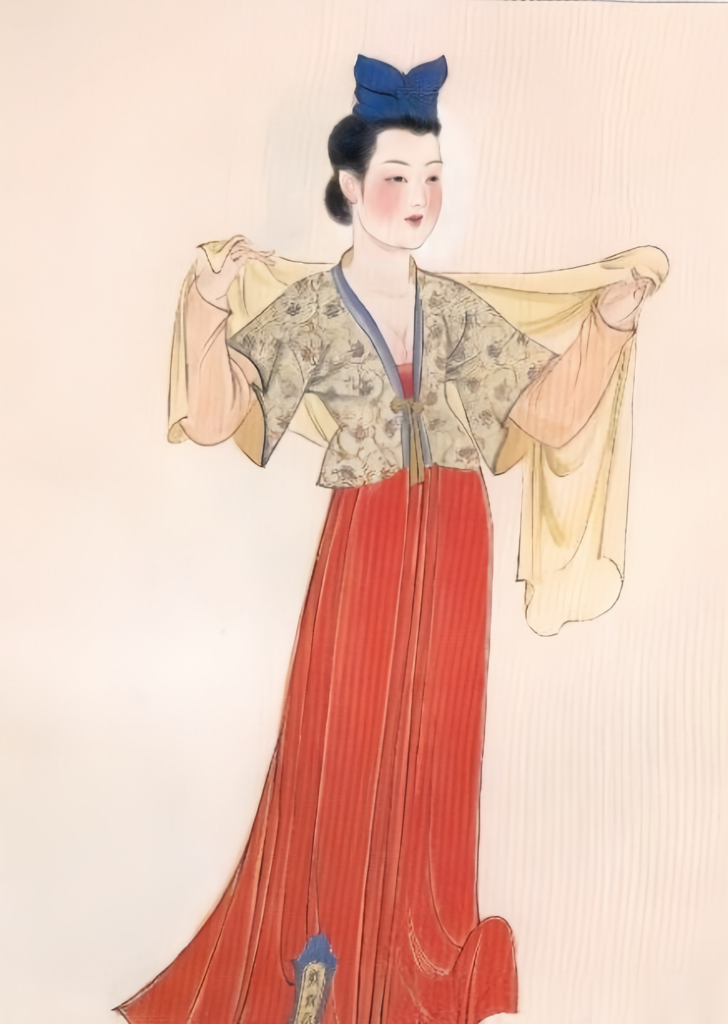

3. Song Dynasty Clothing
Song clothing refers to the trendy outfits of the Northern and Southern Song, a shining gem in fashion history, known for a fitted, comfy fit. From royalty to regular folks, straight-neck, double-breast styles were all the rage.
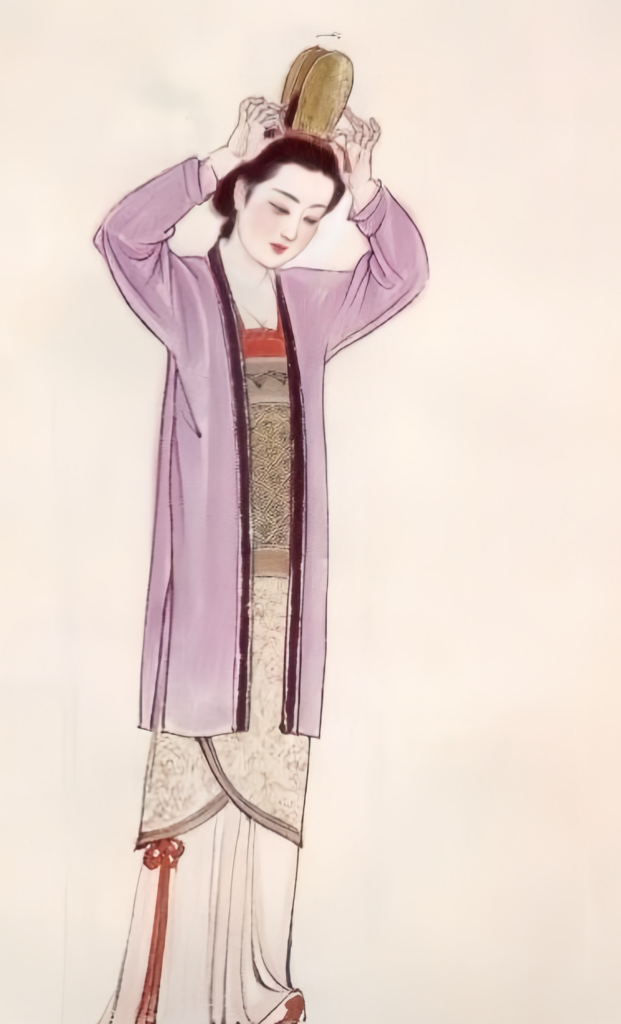

4. Yuan Dynasty Clothing
Yuan clothing rules echoed Liao and Jin styles. Ruled by Mongols, Yuan attire had a unique twist. Mongols styled a small tuft on the forehead like a peach, braided the rest into two loops behind the ears, and topped it with a hat. The go-to outfit was “Zhi Sun Fu,” a short, snug robe with lots of waist pleats—perfect for hopping on and off horses.
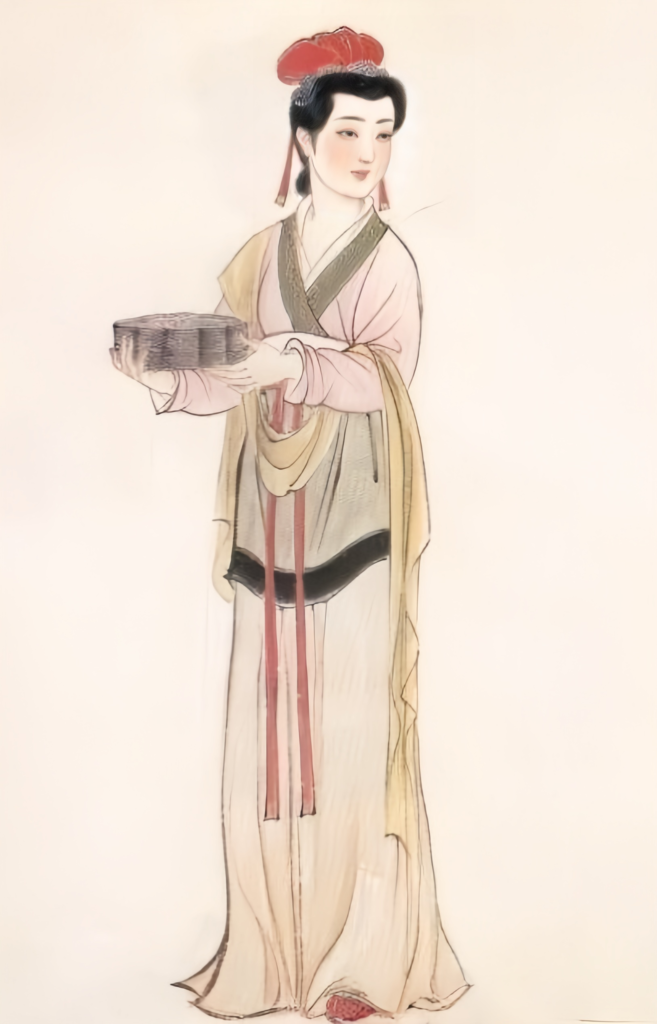
5. Ming Dynasty Clothing
Ming clothing built on Song and Yuan designs but added some foreign flair, like the Ye Sa, borrowed from Yuan Mongol waist jackets. Mid-to-late Ming brought fresh styles—stand-up collars and tons of buttons in eye-catching spots, unseen in earlier eras.
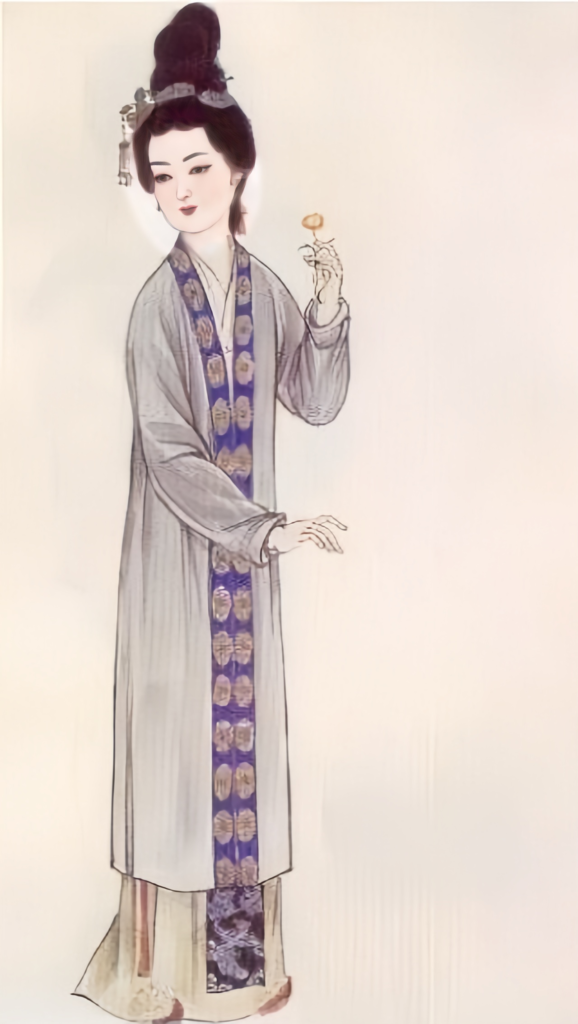
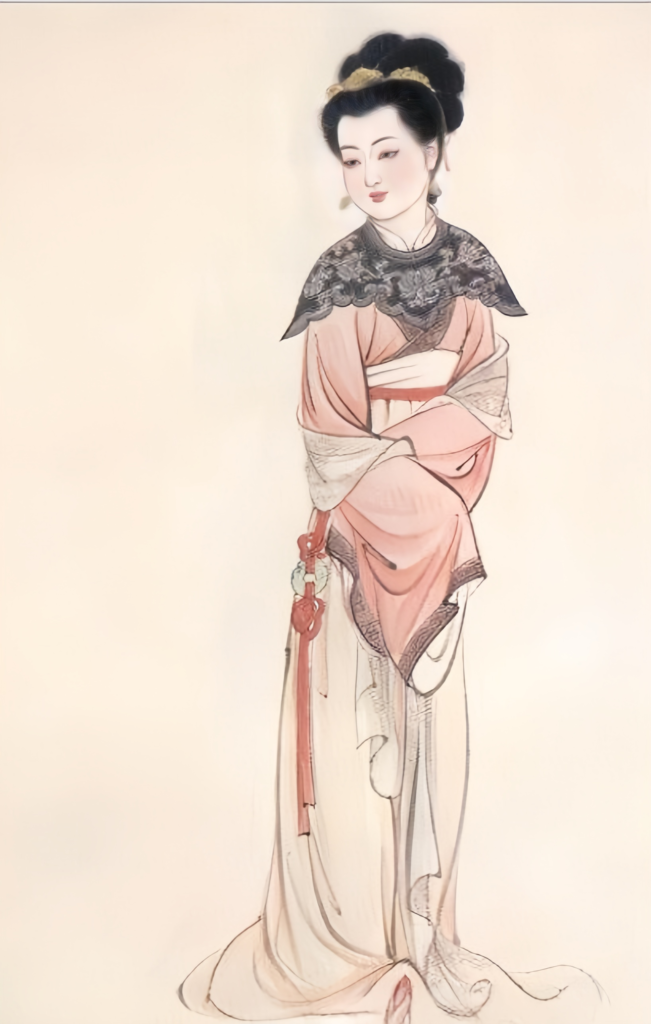
6. Qing Dynasty Clothing
The Qing pushed for shaved heads and new outfits, swapping Ming men’s long hair and buns, loose clothes, long socks, and flat shoes for shaved scalps with a back braid, slim horse-hoof-sleeve jackets, tight socks, and deep boots. Official and civilian attire stayed clearly distinct. Ruled by Manchu leaders, the Eight Banners’ styles swept into central China. Their customs shaped the vast region, starting with formal wear and spreading to daily outfits.
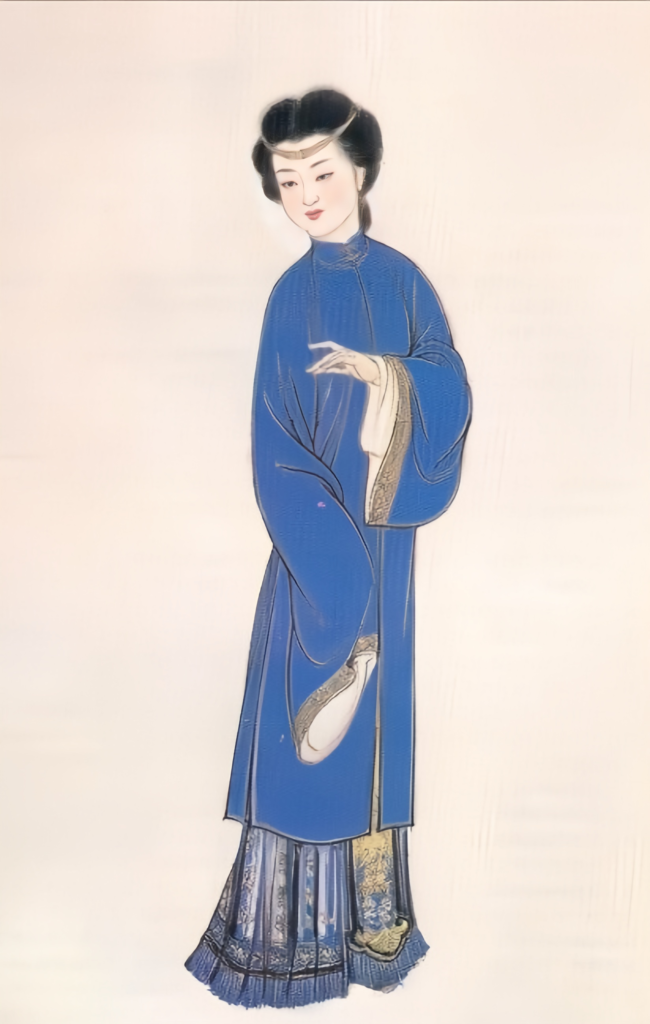



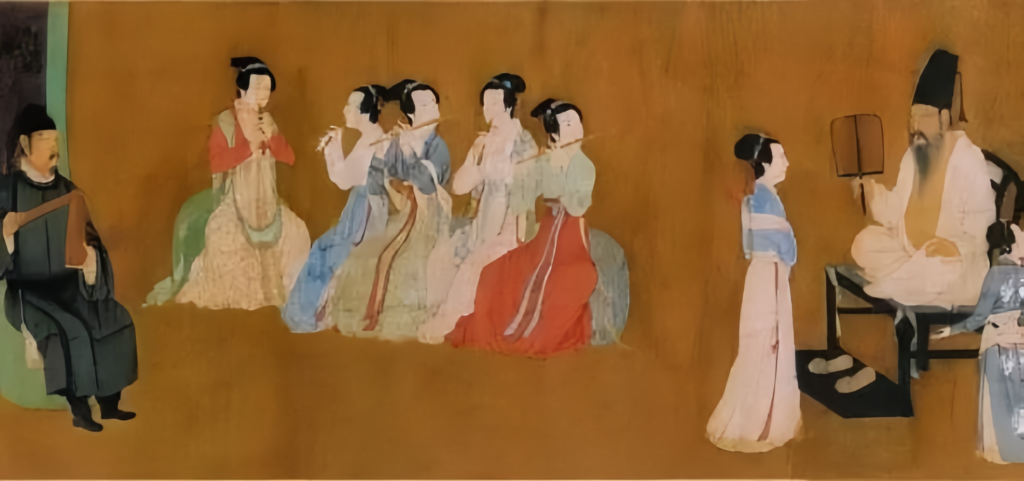

I really appreciate this post. I’ve been looking all over for this! Thank goodness I found it on Bing. You’ve made my day! Thanks again!